
4 minute read
Learn about the Process
STEP
Now that you’ve been inspired by our many different products and ideas, it’s time to get down to the nitty gritty. We want you to have all of the information you need to make your project a huge success.
Advertisement
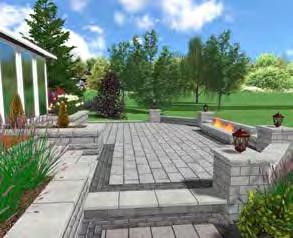
3D Rendering Created with Uvision® 3D Design Software
The construction process on the following pages will guide you through the various steps of a landscape project. As always – the helpful people at Unilock are always here to answer your questions and provide solutions.
Construction Process
STEP 1 | EXCAVATION
The first step in any project is excavation of grass and topsoil. The depth will depend on two factors:
1. Soil Type - Clay soil requires deeper excavation; sandy soil requires less.
2. Use - Heavy loads like driveways and retaining walls require deeper excavation; lighter loads like patios and walkways require less.
Depth of excavation can be reduced by adding DriveGrid™ once the soil has been removed.

STEP 3 | BEDDING LAYER
A 1" (25mm) layer of sand or tiny stone chips is spread out and smoothed on top of the solid gravel base.
STEP 2 | GRAVEL BASE
The excavated area will be filled with a gravel base. This gravel base needs to be:
> Strong enough to handle the load of whatever is placed on the surface.
> Free draining so that water drains out of the base into the subsoil. Retaining walls may require a perforated drain pipe in the gravel base to direct water away from the base of the wall.
> Extended at least six inches beyond the edges of the finished paver surface.
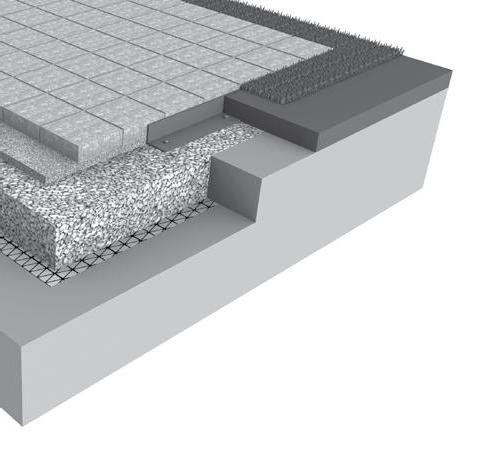
> Compacted in several layers, using the proper equipment. This layer allows paver or wall units to be leveled or sloped for smoothness and drainage.
Some contractors may recommend a poured concrete surface instead of a typical bedding layer, which is fine as long as the concrete is accurately poured and sits on a stable and well-drained base. Note: Once concrete is poured, the height of paver or wall units can no longer be adjusted.
Pavers Bedding Layer
Gravel Base
DriveGrid
Subsoil
PAVER CONSTRUCTION
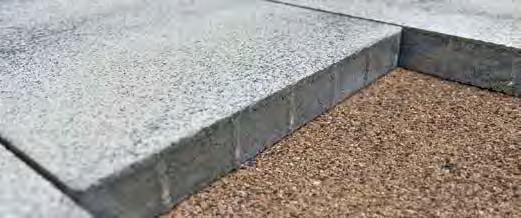
Edge Restraint
Need help finding a qualified contractor?
Call us at 1-800-UNILOCK or register online at Unilock.com and we’ll match you with a Unilock Authorized Contractor in your area.
WALL CONSTRUCTION
Geogrid
Gravel Back Fill
Filter Fabric
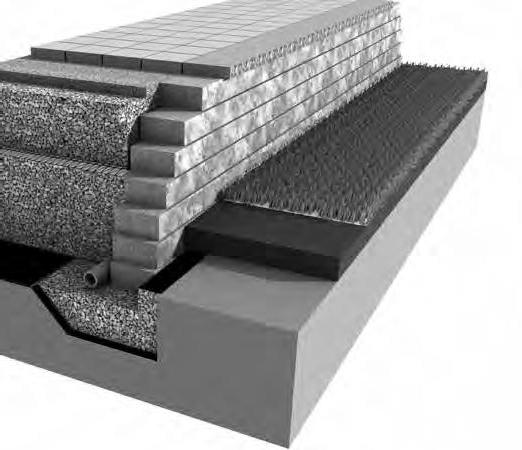
Drain
Concrete pad and Gravel base Subsoil
STEP 4 | RESTRAINT SYSTEM
For pavers, an edge restraint will be secured with long metal spikes or a concrete edge will be installed to prevent perimeter pavers from drifting out. For walls, glue may be used to secure rows of blocks. Larger retaining walls may require geogrid every few layers to secure the wall into the soil that is being retained.
STEP 5 | JOINT MATERIAL
The color you choose for joint material impacts the overall aesthetic. It also plays an important role between pavers by keeping out weeds and other debris. Your contractor can help you decide which joint material is right for your project.
There are two types of joint material to choose from:
Basic Jointing Sand – Years ago, this was the only joint material available. As it wears away, issues with weeds could arise. If you choose a basic sand, we recommend that you use a joint stabilizing sealer and be prepared to replenish the sand when needed.
Polymeric Sand – This special sand stays in place longer because it is combined with a binding agent. However, it’s not right for every project and needs to be installed with care to prevent hazing.
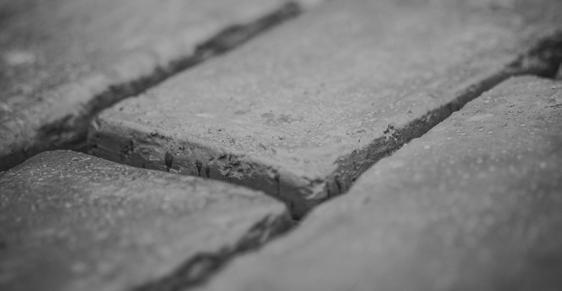
Coping & Wall Units
STEP 6 | SEALING
Unilock pavers will be durable with, or without, a sealer. Some homeowners choose to apply a sealer to enhance the color of the pavers, while others choose to appreciate the color of the pavers as they are. Some Unilock pavers are sold factory sealed. If you choose to seal, you should plan to re-seal every 3-5 years.
Factory Sealed Products
Elegance® Pavers and Unilock pavers manufactured with EasyClean™, have been pre-sealed in the factory and do not require sealing after installation. To clean and brighten the surface at any time, a gentle power washing of the surface is recommended. If you still wish to re-seal the surface, you must wait a minimum of 3 years before applying sealer. Only use solvent based sealers.
REMEMBER: A quality project relies on a quality foundation. We recommend hiring a professional contractor.
The quality of the work that’s done to prepare the base for your pavers and walls is extremely important. A proper base ensures that your pavers and walls won’t shift out of place during freeze/thaw cycles.






